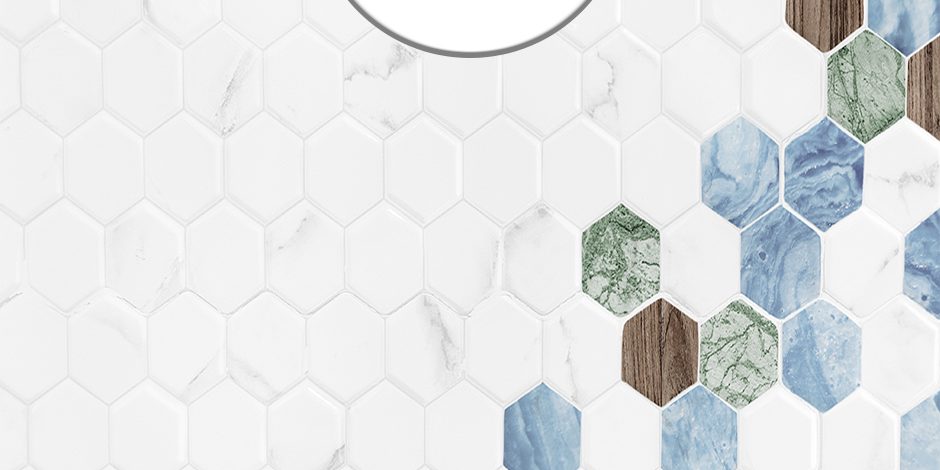In the quest for comfortable living and better aesthetics, finding cost-effective ways to reduce heat transfer within closed structures is vital. Mostly, homeowners and businesses opt for ‘TILES’. These angular-shaped coverings are feasible and beneficial in several ways, especially those with specific properties and design considerations. In this article, we will provide information about the heat reduction capabilities of tiles and explore their benefits.
Factors Affecting the Heat Reducing Capability of Tiles
Reflectivity
Tiles are recognized for their inherent reflectivity: Light-colored tiles can bounce off a significant amount of solar radiation and reduce heat ingress in the building. This, in turn, reduces the need for excessive air conditioning and contributes to energy savings. Regions with intense sunlight can benefit from using such coverings.
Heat-reflective tiles are eco-friendly and easy-to-use. Besides high reflectivity, these angular-shaped materials reduce global warming and emission of greenhouse gases, and save the ozone layer. Lastly, electricity costs can be reduced to a great extent.
Thermal Insulation
Some tiles are designed with additional insulation layers or materials, such as foam or cork backing. These layers act as barriers, impeding heat conduction between the tile and the underlying substrate. By incorporating insulation into the tile design, heat transfer can be can be minimized, leading to a cooler indoor environment.
Porosity and Ventilation
Certain tile types, such as ceramic or terracotta tiles, have inherent porosity, which allows for improved air circulation and ventilation. These tiles are used in raised-floor centers where the cooling air is distributed evenly across the section. Porous tiles render a cooler environment compared to non-porous flooring materials.
Thermal Mass
Thermal mass refers to a material’s ability to store and release heat slowly. This attribute is present in tiles made from natural stone or terrazzo. Heat is absorbed during daytime and released in cooler periods, such as evening or night. The thermal mass property helps to stabilize indoor temperatures and prevent sudden heat fluctuations.
Properties of Heat-Reflective Tiles
Buildings in hot and arid regions need additional sources of heat dissipation. Air conditioners, room coolers, and dehumidifiers are some examples. However, modern technology has grown considerably and engineers have developed cost-effective and environmental-friendly methods, one of which is heat-reflective tiles.
These tiles can be installed without much effort. Moreover, the cleaning process is simple and workable.
Attributes of Heat-Dispersing Tiles
Solar Reflective Index: 88 – 91%
Emissivity: 0.938
Water Absorption: Below 10%
Surface: Anti-skid
Thickness: 8 – 22mm
Reduction in Surface Temperature: 20-24oC
Other Characteristics: Anti-bacterial, washable, abrasion-resistant, & dimensionally-stable
Which Tiles Are Optimal for Cooling Purposes?
Tile floors conduct heat at high rates. In other words, when you walk on them, the body reduce heat transfers to the flooring surface, regulating the temperature accordingly. Use tiles to enjoy a cool and comfortable interior!
Following are some of the best materials for heat abatement:
- Porcelain
- Travertine
- Marble
- Slate
- Ceramic
What is Radiant Cooling?
Radiant cooling functions correspondingly to radiant heated floors. The PEX tubes are installed underneath the tile flooring to manage the water temperature at 55-58 degrees. The flow is maintained across the entire surface. The only drawback is the excessive condensation that occurs on hot days. You would need a dehumidifier to counter it.
Want To Avail The Best Services Of How Tiles Reduce Heat
Tiles can play a significant role in reducing heat transfer and creating cooler environments within buildings. With their reflectivity, insulation properties, and special design considerations such as cool roof tiles, tiles offer an effective solution to combat heat. By selecting the appropriate tiles, both for flooring and roofing applications, individuals can contribute to energy efficiency and the environment.
If you want to know more about tiles and their functioning, contact Waterproofing.pk today.







